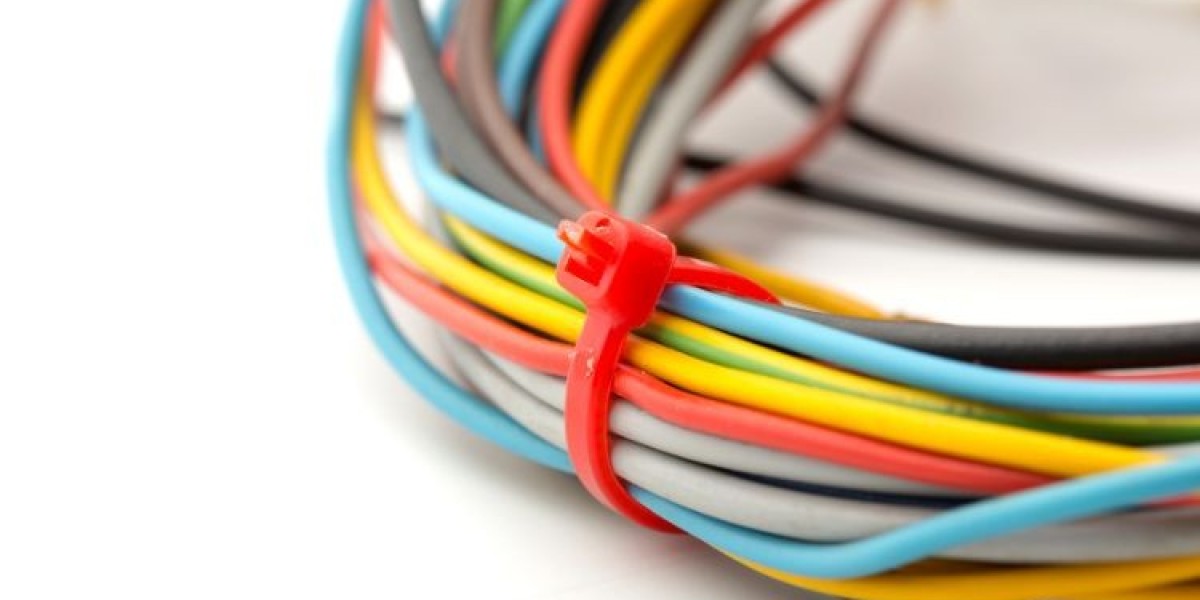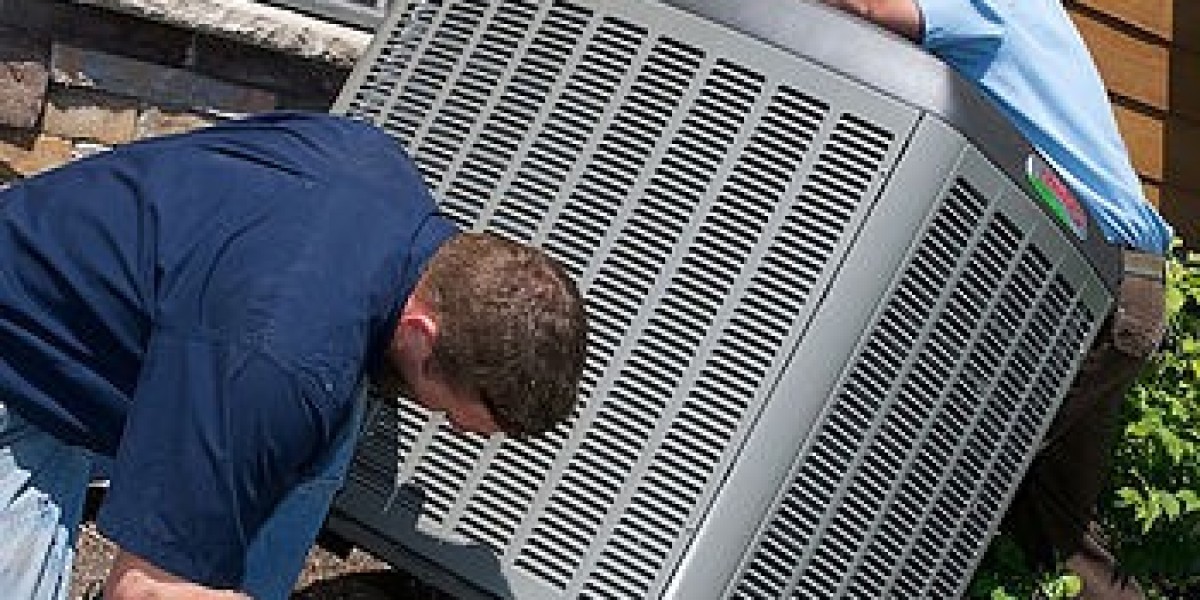The North America medium voltage cables market size is projected to grow at a CAGR of 4.50% between 2024 and 2032. The market is being aided by the growing industrial activities and surging infrastructural development in the United States and Canada. But what are the key trends driving innovation in this sector? How are cable manufacturers, utilities, and research institutions collaborating to meet the changing needs and challenges of the medium voltage cables market? In this blog post, we will explore some of the major factors influencing the growth and sustainability of the medium voltage cables sector in North America.
Increasing Demand for Renewable Energy Integration
One of the most significant trends impacting the medium voltage cables market in North America is the increasing demand for renewable energy integration. As more and more consumers and businesses opt for clean and green energy sources like wind and solar, the need for medium voltage cables that can handle higher capacity and efficiency becomes evident. Medium voltage cables are essential for connecting renewable energy generation plants to the grid, as well as for distributing power to end-users. According to a report by the International Energy Agency, renewable energy sources accounted for 20% of the total electricity generation in North America in 2019, and this share is expected to increase to 38% by 2030. This implies a huge potential for the medium voltage cables market in the region, as well as a need for innovation in cable design and performance.
Advancements in Insulation and Safety Standards
Another key trend driving innovation in the medium voltage cables sector in North America is the advancement in insulation and safety standards. Insulation is a crucial component of medium voltage cables, as it protects the conductors from external factors like moisture, heat, abrasion, and corrosion, as well as prevents electrical faults and fire hazards. Insulation also enhances the reliability and longevity of the cables, which reduces maintenance and replacement costs. In recent years, there have been significant developments in insulation materials and technologies, such as cross-linked polyethylene (XLPE), ethylene propylene rubber (EPR), and silicone rubber (SiR). These materials offer superior insulation properties, such as high dielectric strength, low power loss, high thermal stability, and resistance to environmental stress. Additionally, cable manufacturers and regulators are constantly striving to improve the safety standards and codes for medium voltage cables, such as the National Electrical Code (NEC) and the Canadian Electrical Code (CEC), to ensure the highest level of protection and quality for the end-users.
Digitalization and Smart Grid Integration
A third trend influencing the innovation in the medium voltage cables market in North America is the digitalization and smart grid integration. Smart grid is a term that refers to the modernization of the electricity grid with the use of digital technologies, such as sensors, meters, communication devices, and software, to enable a more efficient, reliable, and secure management and delivery of power. Smart grid technologies can help optimize the integration of renewable energy sources, reduce power losses and outages, enhance demand response and load management, and improve customer service and satisfaction. Medium voltage cables play a vital role in the smart grid infrastructure, as they connect the various components and devices of the grid, as well as transmit and distribute the power to the end-users. Medium voltage cables need to be compatible with the smart grid technologies, as well as offer features like remote monitoring, fault detection, and self-healing capabilities.
Focus on Sustainability and Environmental Impact
A fourth trend affecting the innovation in the medium voltage cables sector in North America is the focus on sustainability and environmental impact. As the awareness and concern for the environmental issues and climate change grows among the consumers and stakeholders, the pressure on the cable manufacturers and utilities to adopt more sustainable practices and solutions increases. This includes using more eco-friendly materials and manufacturing processes, as well as reducing the greenhouse gas emissions and waste generation from the cable production and operation. One of the ways to achieve this is by developing and using cable insulation and sheathing materials that are biodegradable, recyclable, or have a lower carbon footprint. For instance, some of the emerging materials in this regard are bio-based plastics, thermoplastic elastomers, and vegetable oils.
Collaboration and Partnerships Driving Innovation
A fifth and final trend shaping the innovation in the medium voltage cables market in North America is the collaboration and partnerships between the cable manufacturers, utilities, and research institutions. Innovation in the medium voltage cables sector requires a high level of expertise, investment, and coordination among the various actors involved in the value chain. By collaborating and partnering with each other, the cable manufacturers, utilities, and research institutions can leverage their respective strengths, resources, and networks, and create synergies and opportunities for innovation. For example, some of the successful partnerships that have led to innovative solutions in the medium voltage cables sector are the collaboration between Southwire and EPRI to develop a self-healing cable system, the partnership between Nexans and Hydro-Québec to test a superconducting cable system, and the alliance between Prysmian and National Grid to install a high-voltage direct current (HVDC) cable link.







